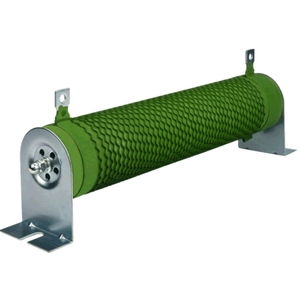Understanding 1k Ohm Resistors
Resistors are fundamental components in electronic circuits, with the 1k ohm resistor being one of the most common types. These resistors are essential for managing current flow in a circuit, ensuring that other components operate within their intended electrical parameters. The "1k ohm" designation indicates a resistance value of one thousand ohms, providing a standard measure for electronic designs and repairs.
Types and Configurations
While the 1k ohm resistor is a specific component, resistors as a category come in various forms, such as fixed, variable, and specialty resistors like thermistors and photoresistors. Fixed resistors have a set resistance value, whereas variable resistors, like potentiometers, allow for adjustments. Specialty resistors change their resistance in response to temperature or light, making them ideal for sensitive applications.
Applications and Features
The 1k ohm resistor is versatile, used in creating voltage dividers, filtering signals, or limiting current. Its applications span from simple electronic projects to complex industrial systems. Features of these resistors include their size, power rating, and tolerance, which determine their suitability for different circuits. The tolerance indicates how accurately the resistor meets its resistance value, a critical factor in precision electronics.
Materials and Advantages
Resistors, including the 1k ohm resistor, are made from various materials such as carbon, metal film, or wirewound, each offering distinct advantages. Carbon resistors are cost-effective and commonly used, while metal film resistors provide better temperature stability and accuracy. Wirewound resistors are suited for high-power applications due to their durability and capacity to withstand higher temperatures.
Decoding Resistor Specifications
Understanding a resistor's specifications is crucial, and this is often done through the resistor color code. A 1k ohm resistor typically has a color code represented by brown, black, red, and a tolerance band. Each color corresponds to a number that, when decoded, reveals the resistor's resistance value and tolerance. This coding system is a universal method for identifying resistor specifications without electronic testing tools.
Safety and Circuit Design
Incorporating a 1k ohm resistor into a circuit requires careful consideration of its configuration, whether in series or parallel, to ensure the safety and functionality of the device. Proper understanding of how resistors behave in different setups is essential to prevent potential circuit failures or accidents. When selecting resistors for any application, it is important to consider the entire circuit design to maintain optimal performance and reliability.









































 浙公网安备 33010002000092号
浙公网安备 33010002000092号 浙B2-20120091-4
浙B2-20120091-4